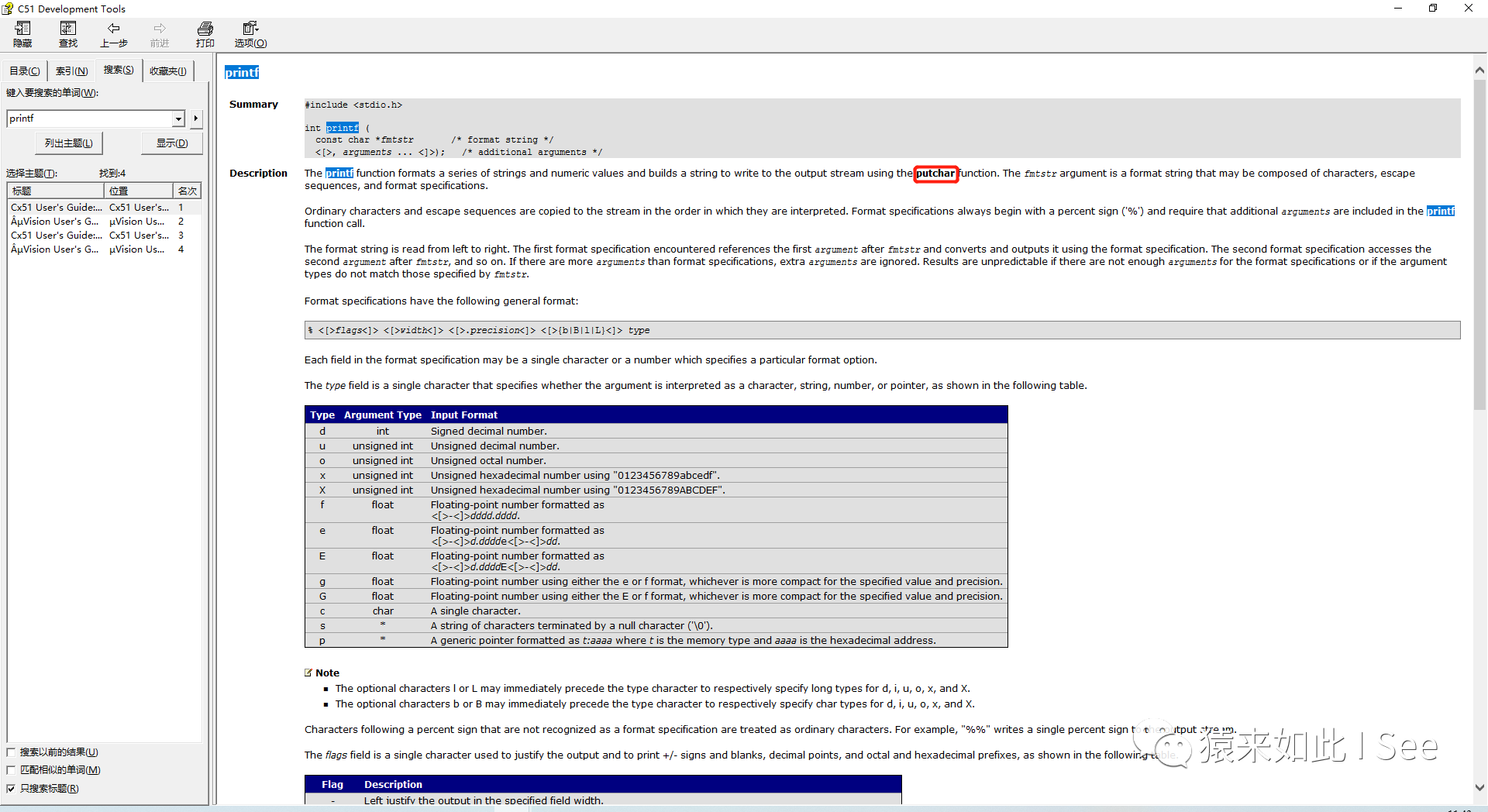一. 背景
在Python中,文件对象sys.stdin、sys.stdout和sys.stderr分别对应解释器的标准输入、标准输出和标准出错流。在程序启动时,这些对象的初值由sys.__stdin__、sys.__stdout__和sys.__stderr__保存,以便用于收尾(finalization)时恢复标准流对象。
Windows系统中IDLE(Python GUI)由pythonw.exe,该GUI没有控制台。因此,IDLE将标准输出句柄替换为特殊的PseudoOutputFile对象,以便脚本输出重定向到IDLE终端窗口(Shell)。这可能导致一些奇怪的问题,例如:
Python 2.7.11 (v2.7.11:6d1b6a68f775, Dec 5 2015, 20:32:19) [MSC v.1500 32 bit (Intel)] on win32
Type "copyright", "credits" or "license()" for more information.
>>> import sys
>>> for fd in (sys.stdin, sys.stdout, sys.stderr): print fd
>>> for fd in (sys.__stdin__, sys.__stdout__, sys.__stderr__): print fd
', mode 'r' at 0x00FED020>
', mode 'w' at 0x00FED078>
', mode 'w' at 0x00FED0D0>
>>>
可以发现,sys.__stdout__与sys.stdout取值并不相同。而在普通的Python解释器下(如通过Windows控制台)运行上述代码时,两者取值相同。
print语句(statement)不以逗号结尾时,会在输出字符串尾部自动附加一个换行符(linefeed);否则将一个空格代替附加的换行符。print语句默认写入标准输出流,也可重定向至文件或其他可写对象(所有提供write方法的对象)。这样,就可以使用简洁的print语句代替笨拙的object.write('hello'+'\n')写法。
由上可知,在Python中调用print obj打印对象时,缺省情况下等效于调用sys.stdout.write(obj+'\n')
示例如下:
>>> import sys
>>> print 'Hello World'
Hello World
>>> sys.stdout.write('Hello World')
Hello World
二. 重定向方式
本节介绍常用的Python标准输出重定向方式。这些方法各有优劣之处,适用于不同的场景。
2.1 控制台重定向
最简单常用的输出重定向方式是利用控制台命令。这种重定向由控制台完成,而与Python本身无关。
Windows命令提示符(cmd.exe)和Linux Shell(bash等)均通过">"或">>"将输出重定向。其中,">"表示覆盖内容,">>"表示追加内容。类似地,"2>"可重定向标准错误。重定向到"nul"(Windows)或"/dev/null"(Linux)会抑制输出,既不屏显也不存盘。
以Windows命令提示符为例,将Python脚本输出重定向到文件(为缩短篇幅已删除命令间空行):
E:\>echo print 'hello' > test.py
E:\>test.py > out.txt
E:\>type out.txt
hello
E:\>test.py >> out.txt
E:\>type out.txt
hello
hello
E:\>test.py > nul
注意,在Windows命令提示符中执行Python脚本时,命令行无需以"python"开头,系统会根据脚本后缀自动调用Python解释器。此外,type命令可直接显示文本文件的内容,类似Linux系统的cat命令。
Linux Shell中执行Python脚本时,命令行应以"python"开头。除">"或">>"重定向外,还可使用tee命令。该命令可将内容同时输出到终端屏幕和(多个)文件中,"-a"选项表示追加写入,否则覆盖写入。示例如下(echo $SHELL或echo $0显示当前所使用的Shell):
[wangxiaoyuan_@localhost ~]$ echo $SHELL
/bin/bash
[wangxiaoyuan_@localhost ~]$ python -c "print 'hello'"
hello
[wangxiaoyuan_@localhost ~]$ python -c "print 'hello'" > out.txt
[wangxiaoyuan_@localhost ~]$ cat out.txt
hello
[wangxiaoyuan_@localhost ~]$ python -c "print 'world'" >> out.txt
[wangxiaoyuan_@localhost ~]$ cat out.txt
hello
world
[wangxiaoyuan_@localhost ~]$ python -c "print 'I am'" | tee out.txt
I am
[wangxiaoyuan_@localhost ~]$ python -c "print 'xywang'" | tee -a out.txt
xywang
[wangxiaoyuan_@localhost ~]$ cat out.txt
I am
xywang
[wangxiaoyuan_@localhost ~]$ python -c "print 'hello'" > /dev/null
[wangxiaoyuan_@localhost ~]$
若仅仅想要将脚本输出保存到文件中,也可直接借助会话窗口的日志抓取功能。
注意,控制台重定向的影响是全局性的,仅适用于比较简单的输出任务。
2.2 print >>重定向
这种方式基于print语句的扩展形式,即"print obj >> expr"。其中,obj为一个file-like(尤其是提供write方法的)对象,为None时对应标准输出(sys.stdout)。expr将被输出到该文件对象中。
示例如下:
memo = cStringIO.StringIO(); serr = sys.stderr; file = open('out.txt', 'w+')
print >>memo, 'StringIO'; print >>serr, 'stderr'; print >>file, 'file'
print >>None, memo.getvalue()
上述代码执行后,屏显为"serr"和"StringIO"(两行,注意顺序),out.txt文件内写入"file"。
可见,这种方式非常灵活和方便。缺点是不适用于输出语句较多的场景。
 电子发烧友App
电子发烧友App


























评论